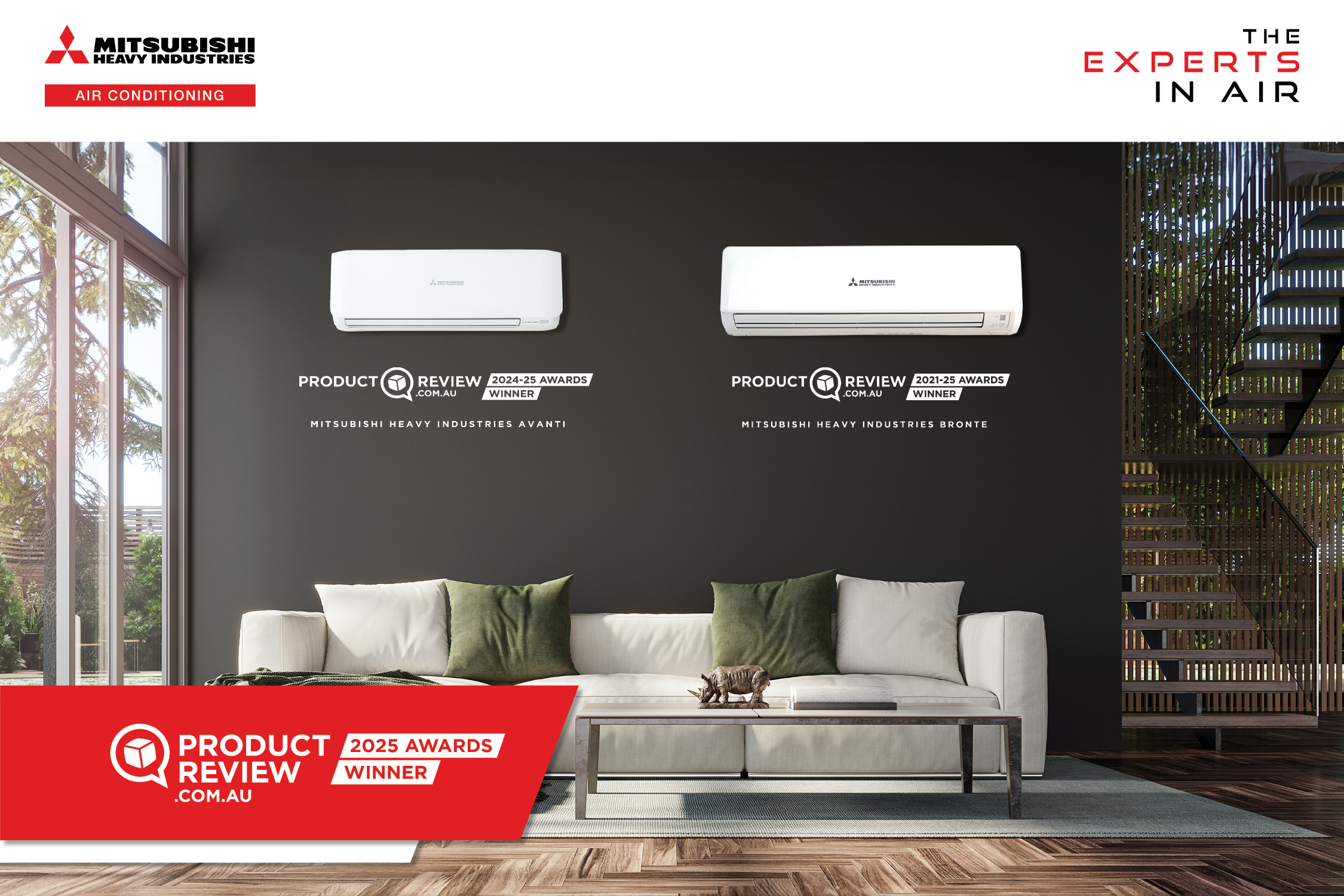Researchers from the Department of Engineering, University of Minnesota, have published findings on the efficacy of air purifiers in achieving ventilation rates close to values prescribed by the World Health Organization. The same report claims that purifiers also help to achieve aerosol removal times within the Center of Disease Control and Prevention recommended guidelines.
The study investigated the effects of placing portable air purifiers at different locations inside a music classroom, to determine the most strategic locations. This allows the researchers to study the effects of different aerosol injection rates – for example, with and without masks, different musical instruments, and different injection modes. Aerosol deposition, airborne concentration, and removal were also analysed.
“This could help in deciding break periods between classroom sessions, which was around 25 minutes through this study,” says the report.
“Moreover, proper placement of purifiers could offer significant advantages in reducing airborne aerosol numbers (offering several orders of magnitude higher aerosol removal when compared to nearly zero removal when having no purifiers), and improper placement of the purifiers could worsen the situation.”
The report noted that singing and wind instrument playing are considered dangerous sources of virus-laden aerosols, due to their injection rates being typically higher than those of normal breathing and speaking.
It suggests placing the purifier close to the injector to yield a benefit and away from the people to be protected.
“The injection rate was found to have an almost linear correlation with the average airborne aerosol suspension rate and deposition rate, which could be used to predict the trends for scenarios with other injection rates,” says the paper.
According to the researchers, a high ventilation rate is required to effectively remove the airborne virus-laden aerosols from the domain in classroom and healthcare settings.
The report states that it may not be possible to achieve the WHO recommended ventilation rate of least 288m3/h per person through natural ventilation alone, and that in-built ventilation systems may fall short of this target.
“In such cases,” the study adds, “portable purifiers might help in increasing the net ventilation rate to achieve the desired level, which needs further investigation.”
The study further assessed the findings of projects that used numerical modelling (computational fluid dynamics) and other techniques that simulate the spread and deposition of viral droplets and aerosols in both outdoor and enclosed spaces such as hospital wards, office spaces, aircraft cabins, and urinals.
These projects are cited to support the study’s determination that ventilation, airflow streamlines, aerosol/droplet size, and modes of aerosol injection are important factors affecting the transport, deposition, and suspension of airborne droplets and aerosols.
Click here to read the full report.



Leave a Reply